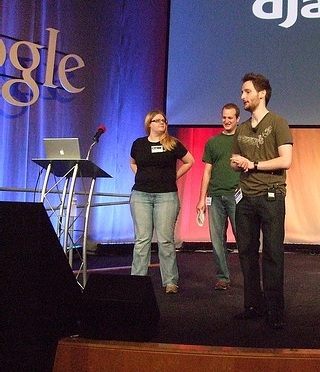Course Description
This class develops the abilities of students to communicate science effectively in a variety of real-world contexts. It covers strategies for dealing with complex areas like theoretical physics, genomics and neuroscience, and addresses challenges in communicating about topics such as climate change and evolution. …
This class develops the abilities of students to communicate science effectively in a variety of real-world contexts. It covers strategies for dealing with complex areas like theoretical physics, genomics and neuroscience, and addresses challenges in communicating about topics such as climate change and evolution. Projects focus on speaking and writing, being an expert witness, preparing briefings for policy-makers, writing blogs, and giving live interviews for broadcast, as well as the creation of an interactive exhibit for display in the MIT Museum.
Course Info
Instructors
Departments
Learning Resource Types
notes
Lecture Notes
assignment
Presentation Assignments
assignment
Written Assignments

Leslie Hawthorn, Jacob Kaplan-Moss, and Robert Lofthouse present together at DjangoCon 2008. (Photo courtesy of Jacob Kaplan-Moss on Flickr. CC-BY-NC.)










